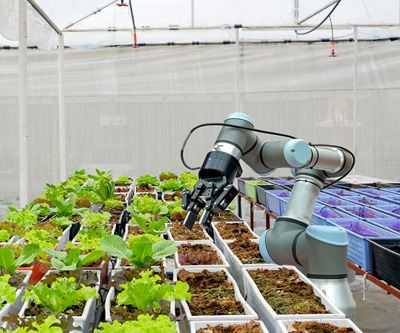As technology continues to advance, the agricultural industry is seeing a significant shift towards automation and robotics. These technological advancements are not only revolutionizing the way crops are grown but are also improving crop yield and sustainability in ways never thought possible.
The Role of Robotics in Agriculture
Robotics in agriculture involves the use of autonomous robots and drones to perform various tasks such as planting seeds, monitoring crop health, applying fertilizers and pesticides, and even harvesting crops. These robots are equipped with sensors and cameras that allow them to gather data and make informed decisions to optimize crop production.
By utilizing robotics in agriculture, farmers can increase efficiency, reduce labor costs, and minimize the use of chemicals, ultimately leading to a more sustainable farming practice.
Improving Crop Yield
One of the key benefits of using robotics in agriculture is the ability to improve crop yield. Robots can work around the clock and are not limited by weather conditions or human fatigue, allowing for tasks to be completed in a timely manner. This results in higher crop yields as crops are planted, monitored, and harvested at the optimal time.
Furthermore, robots are able to analyze soil conditions and crop health in real-time, allowing farmers to make immediate adjustments to ensure the best possible outcome. This level of precision and accuracy leads to increased crop yield and higher quality produce.
Enhancing Sustainability
In addition to improving crop yield, robotics in agriculture also plays a crucial role in enhancing sustainability. By using robots to precisely apply fertilizers and pesticides, farmers can reduce the amount of chemicals used, leading to a healthier ecosystem and minimizing environmental impact.
Furthermore, robots can help farmers monitor water usage more effectively, ensuring that crops are receiving the right amount of water without wastage. This not only conserves water but also helps in mitigating the effects of drought and water scarcity.
Conclusion
With the advancements in robotics technology, the agricultural industry is experiencing a transformation that is improving crop yield and sustainability. By incorporating robots into farming practices, farmers can increase efficiency, reduce costs, and minimize environmental impact, ultimately leading to a more sustainable and productive future for agriculture.
